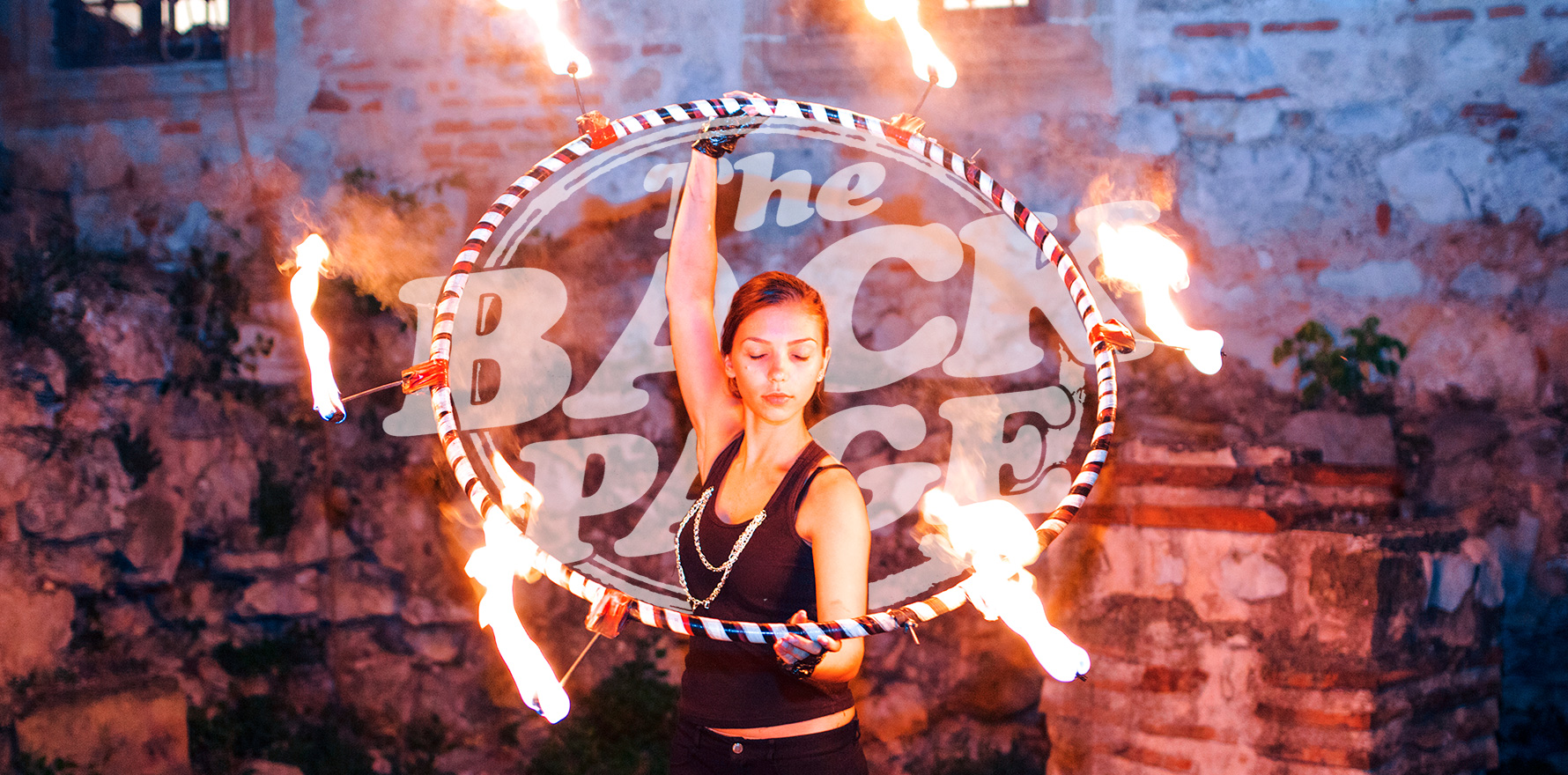A new framework will help you take clowns, jugglers and acrobats seriously.
A patient presents with a head injury sustained while juggling – and they’re wearing a clown suit. How do you document their care?
It sounds like an exam question but to date, clinical guidelines have been sketchy around circus-related injuries. That’s now changed.
In 2020, an International Olympic Committee group proposed a standardised process for recording and reporting injuries and illnesses in sport. They also recommended certain sports develop their own specific directions to be used alongside the broader process.
But rugby, gymnastics and other sports where there’s a high risk of injury weren’t the only ones to get in on the act.
An international group of circus arts researchers – including sports scientist and performing arts researcher Dr Joanna Nicholas from the Western Australian Academy of Performing Arts at Edith Cowan University in WA – have pulled together an offering for the circus arts.
The team’s Circus arts extension statement, published last year in BMJ’s Open Sport and Exercise Medicine journal provides the first standardised framework for researchers and healthcare practitioners to design studies and maintain records of care provided to circus artists.
Dr Nicholas says circus artists have similar skills and physical demands to gymnasts and often require high levels of strength, balance, flexibility, agility and motor coordination.
But a gymnast performing on the rings doesn’t face the same risk as a fire-juggler performing in the ring.
“Circus arts have a unique element of risk not often present in other sports and performing arts,” she said.
“One of the central competencies is creativity, which involves challenging the physicality of performance from an artistic perspective to imagine, create and perform new tricks to construct an engaging, and often unique, artistic outcome.”
What this boils down to is that, to date, differences in the way circus injuries are defined and studied has made it difficult for circus researchers to compare or compile findings between studies.
Thankfully, animals aren’t regular circus performers these days, which rules out not only their healthcare but also the damage they have been known to inflict on human colleagues. (Think of “Massarti” the lion-tamer, who died in 1872 when a lion named Tyrant attacked him and three other lions piled in too.)
So, next time someone shows up with a fire-breathing injury, please ensure you refer to the statement for the right way to record your care.
Especially if AHPRA decides to take an interest in “incorrect recording of clown-related injuries”.
If you’re surrounded by clowns, tell penny@medicalrepublic.com.au.


